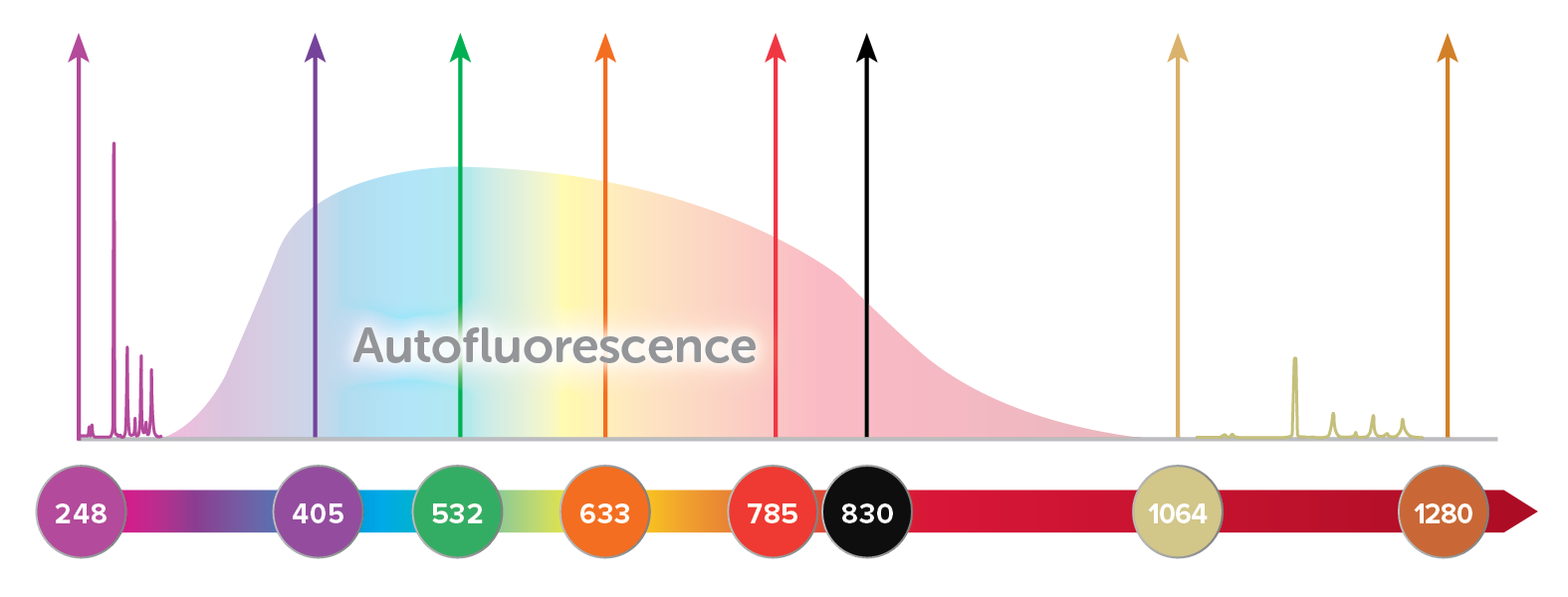Contents

Source: Wasatch Photonics
Raman Lasers: Harnessing Stimulated Raman Scattering for Laser Generation
Understanding Raman Lasers
A Raman laser is a type of laser that utilizes a nonlinear amplifier medium based on Raman gain, which is stimulated Raman scattering, to generate laser light. Unlike traditional lasers that rely on stimulated emission from excited atoms or ions, Raman lasers offer the flexibility to achieve various wavelengths by selecting an appropriate pump wavelength within the material’s transparency range.
Different Types of Raman Lasers
Raman lasers can be categorized into different types based on the medium used for amplification. These can include Raman Fiber Lasers, Raman Waveguide Lasers, Bulk Raman Lasers, and Raman Gas Lasers.
Raman Fiber Lasers
Raman fiber lasers utilize optical fibers as the Raman-active medium. They can operate in continuous-wave mode and offer output powers ranging from milliwatts to several watts. By using fiber Bragg gratings, these lasers can achieve a small emission bandwidth and select specific wavelengths.
Other Raman Waveguide Lasers
Waveguide-based Raman lasers, such as silicon Raman lasers, leverage materials like silicon for their high Raman gain coefficient. These lasers can reach longer wavelengths and are compact in size.
Bulk Raman Lasers
Solid-state bulk lasers use crystals as the Raman-active medium, either in a separate cavity or within the laser resonator. These lasers can achieve high output powers but typically operate in Q-switched mode due to their short interaction length.
Raman Gas Lasers
Raman gas lasers utilize gases as the Raman gain medium. They can achieve low threshold powers by employing high-finesse laser resonators or long propagation lengths.
Applications of Raman Lasers
Raman lasers find applications in various fields, including in-band pumping of fiber amplifiers, astronomical observations, and digital projection displays. They offer versatility in generating specific wavelengths for different purposes.
Conclusion
Raman lasers provide a unique approach to laser generation by exploiting stimulated Raman scattering. With their ability to achieve a wide range of wavelengths and applications across different industries, Raman lasers continue to be a valuable tool in photonics research and technology.

Source: ResearchGate
Feel free to comment your thoughts.



